Products Liability Lawsuit Case: Injured From A Defective or Dangerous Product?
In the intricate landscape of consumer rights, the initiation of a products liability lawsuit serves as a pivotal moment for individuals harmed by defective or dangerous goods. Whether it's a pharmaceutical, a medical device, or a common household product, the ramifications of such cases extend far beyond the immediate physical injuries, touching upon the broader issues of corporate accountability and consumer safety. As we explore the multifaceted dimensions of these legal battles, one must consider the nuances that differentiate successful claims from those that falter. What then, are the critical elements that shape the trajectory of a products liability lawsuit, and how do they influence the ultimate quest for justice and reparation?
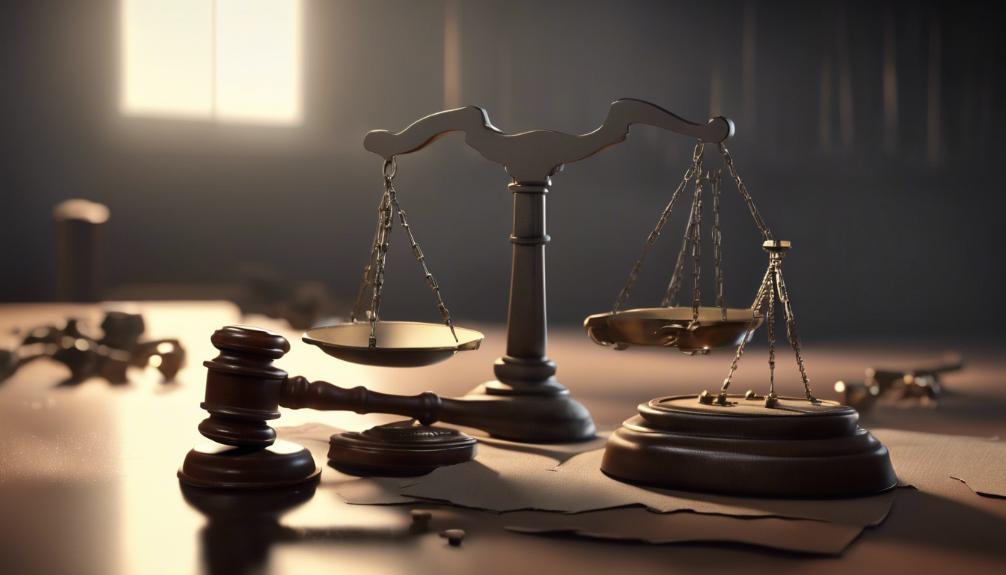
Understanding Product Liability
Product liability generally refers to the legal obligation of manufacturers, distributors, and retailers to ensure that their products are safe for consumer use. This obligation is foundational to consumer protection laws, which hold these entities accountable should their products cause harm or injury. Product liability encompasses a broad spectrum of items, ranging from household appliances to automobiles and medical devices. The legal frameworks governing these responsibilities aim to protect consumers from potential hazards by enforcing standards of manufacturing, design, and labeling. When these standards are not met, and a product is deemed defective or dangerous, consumers have the right to seek compensation for their injuries. This area of law ensures that the onus of safety lies with those who create and sell products, rather than the individuals who purchase them.
Drug Injury Lawsuits Explained
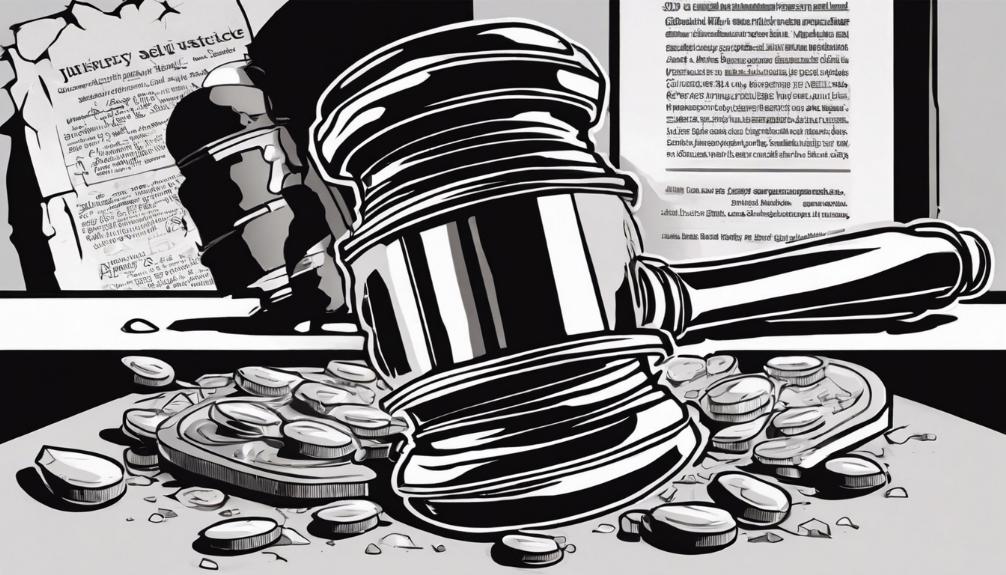
Drug injury lawsuits arise when medications cause adverse effects or harm to consumers, leading to legal action against manufacturers, distributors, or prescribers. These legal cases often center on claims that a drug was defectively designed, improperly manufactured, or lacked adequate warnings or instructions regarding its use. Plaintiffs in drug injury lawsuits seek compensation for damages such as medical expenses, lost wages, and pain and suffering. The complexity of these cases typically requires demonstrating that the drug directly caused the injury, which can involve intricate scientific evidence and expert testimony. Successful litigation can also prompt changes in drug labeling, the implementation of additional safety measures, or the removal of dangerous drugs from the market, thereby protecting future consumers from harm.
Medical Device Claims Overview

Medical device injury lawsuits involve legal actions taken against manufacturers or distributors of medical devices that have caused harm or adverse effects to patients. These lawsuits often arise when a medical device, intended to diagnose, treat, or prevent a medical condition, fails to perform as safely as expected, leading to injury or even death. The complexity of these cases typically revolves around proving the device was defective due to design flaws, manufacturing errors, or inadequate warnings about potential risks. Victims may seek compensation for medical expenses, lost wages, pain and suffering, and other damages. These claims underscore the critical importance of regulatory compliance and rigorous testing by manufacturers to ensure the safety and efficacy of their products in the medical field.
Automobile Defects and Recalls

In the realm of consumer safety, automobile defects and recalls represent a significant area of concern, often leading to legal action against manufacturers for failing to ensure the safety and reliability of their vehicles. These issues can range from minor inconveniences to serious flaws that pose significant risks to drivers, passengers, and the public. Manufacturers are obligated under the law to promptly address and rectify such defects, often through recalls. However, when they fail to do so, or the response is deemed inadequate, affected parties may seek legal recourse. This can involve claims for damages due to injuries sustained, loss of value, or other adverse effects resulting from the defect. Legal proceedings in these cases underscore the critical importance of maintaining rigorous safety standards and accountability in the automotive industry.
Common Household Product Dangers
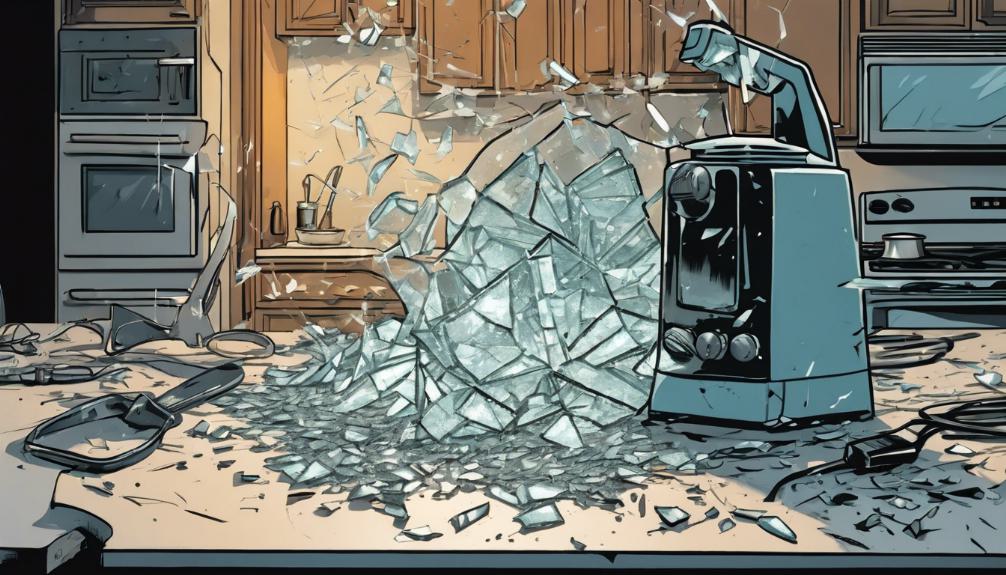
Moving beyond the realm of automotive safety, it is crucial to also address the risks associated with common household products. These items, ranging from cleaning agents to small appliances, can pose significant health risks if they are defective or misused. Chemical cleaners, for instance, may contain toxic substances that can cause burns or respiratory issues if not handled properly. Similarly, electrical appliances like toasters or hair dryers can lead to fire hazards or electrocution if they malfunction. It's imperative for consumers to be aware of recalls and safety warnings related to these products. Furthermore, manufacturers have a responsibility to ensure their products are safe for use, adhering to stringent quality controls and safety standards to prevent injuries or accidents in the home.
Sports Equipment Injury Risks

Sports equipment, while designed to enhance physical activity and enjoyment, can sometimes lead to serious injuries if defective or improperly used. The range of injuries varies from minor bruises and sprains to severe, life-altering injuries such as broken bones, head traumas, or even fatalities. The liability for such injuries often falls on the manufacturers, distributors, or retailers of the faulty equipment. This includes but is not limited to equipment like helmets, bicycles, treadmills, weightlifting machines, and protective gear. Each case hinges on proving that the equipment was inherently dangerous, improperly marketed, or lacked adequate safety warnings. Legal proceedings in sports equipment injury cases scrutinize design, manufacturing processes, and the adherence to safety standards to determine accountability.
Talcum Powder and Ovarian Cancer

Shifting focus to another significant area of product liability, talcum powder has been at the center of legal debates due to its alleged links to ovarian cancer. For years, talcum powder was marketed as a safe, hygienic product for feminine hygiene purposes. However, numerous lawsuits have emerged, claiming that long-term use of talcum powder in the genital area can lead to the development of ovarian cancer. These legal battles highlight the importance of rigorous product testing and transparent disclosure of potential risks. Victims argue that manufacturers, including prominent companies like Johnson & Johnson, failed to warn consumers about the cancer risk. The litigation has prompted a reevaluation of product safety standards and raised awareness about the potential dangers of everyday consumer products.
Roundup: The Cancer Connection

Roundup, a widely used herbicide, has become the subject of significant legal scrutiny due to allegations linking it to cancer. Manufactured by Monsanto, now owned by Bayer AG, Roundup contains glyphosate, a chemical declared as a probable human carcinogen by the International Agency for Research on Cancer (IARC) in 2015. This classification has prompted thousands of lawsuits from individuals claiming that long-term exposure to Roundup has caused their non-Hodgkin lymphoma, a type of cancer affecting the lymphatic system. These legal battles have led to several high-profile court cases, resulting in substantial verdicts against Monsanto. The company, however, maintains that Roundup is safe when used as directed, despite the growing concerns and legal challenges.
Paraquat and Parkinson's Disease
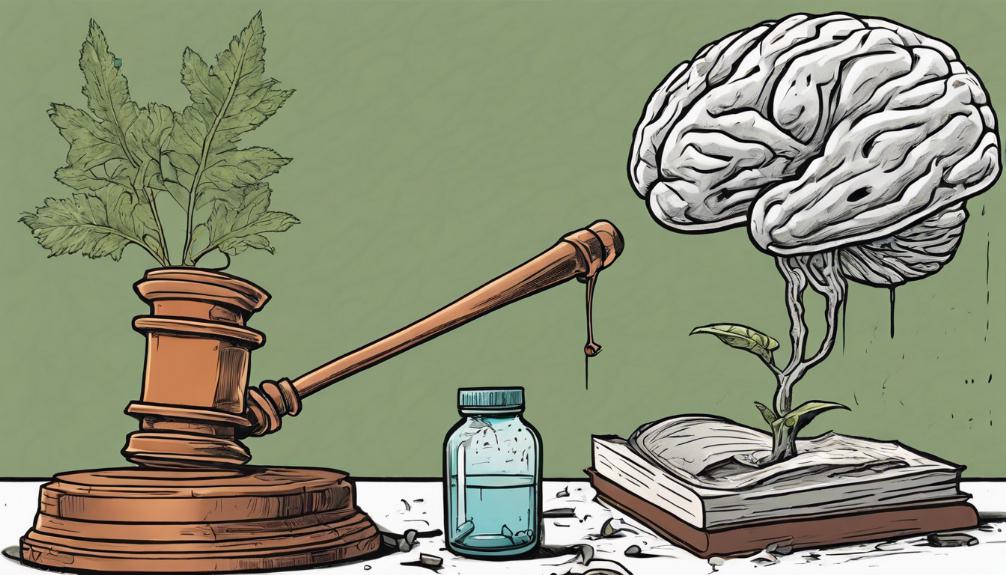
Paraquat, a widely used herbicide, has come under legal and scientific scrutiny due to its potential link to Parkinson's Disease. Research indicates that exposure to paraquat may significantly increase the risk of developing this debilitating neurological condition. Victims allege that prolonged exposure, especially in agricultural settings, has led to their diagnoses, sparking a series of lawsuits against manufacturers. These legal actions assert that companies failed to adequately warn of the risks associated with paraquat use. The litigation focuses on the need for accountability and compensation for those affected by Parkinson's Disease, potentially attributed to paraquat exposure. As these cases proceed, they underscore the critical importance of safety and transparency in product information to protect public health.
Identifying Defective Products
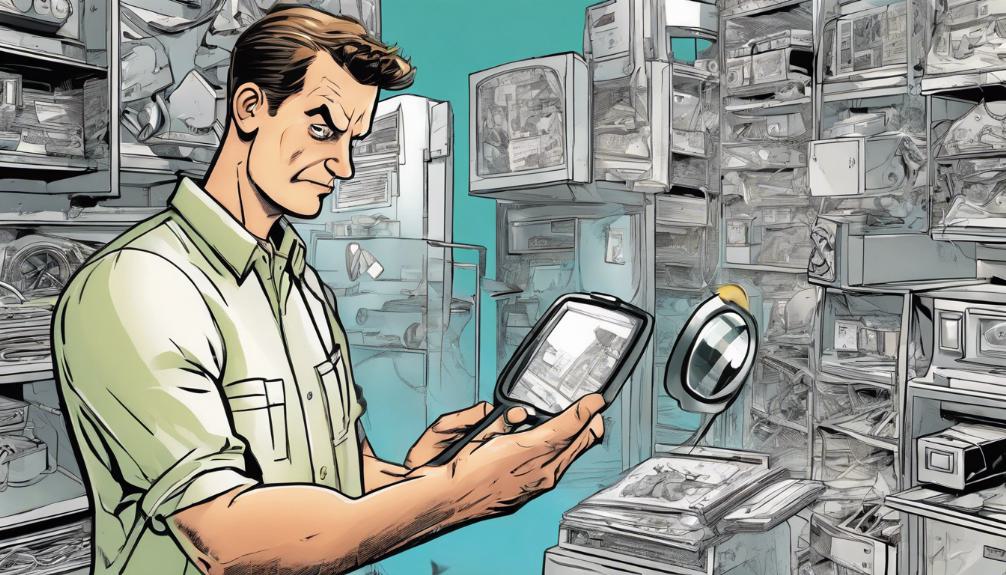
Building on the discussion of legal actions against harmful products, it is crucial to understand how defective products are identified in the context of product liability lawsuits. Defective products are typically identified through a combination of consumer complaints, expert analysis, and sometimes after unfortunate incidents have occurred. These products may fail to meet safety standards or may have design, manufacturing, or marketing defects. Design defects are inherent flaws in the product's blueprint, making it unsafe. Manufacturing defects occur during the production process, diverging from the intended design in a way that compromises safety. Marketing defects involve failures in providing adequate warnings or instructions. Together, these categories help legal professionals and consumers pinpoint responsibility and seek accountability in product liability cases.
Steps to Take After Injury
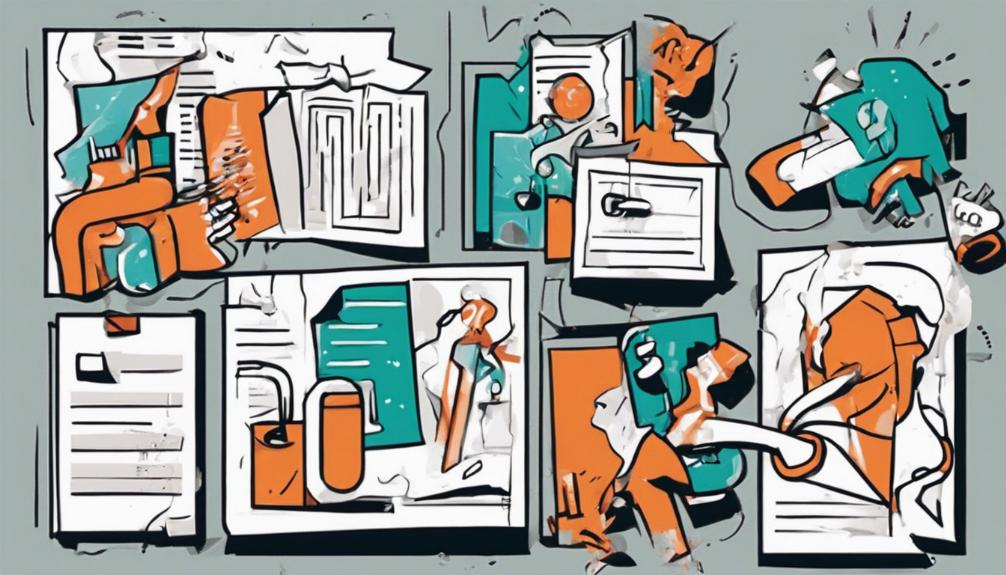
If you've sustained an injury due to a defective product, immediately seek medical attention to document your injuries and their potential link to the product in question. This documentation is crucial for establishing the severity of your injuries and their connection to the defective item. Afterward, preserve the product and any evidence related to it, including the packaging, receipts, and instructions, without altering its condition. This preservation acts as key evidence in demonstrating the product's defect. Next, compile a detailed account of the incident, noting the date, time, and circumstances of the injury. Witness statements can also bolster your case, so collect contact information from anyone who witnessed the incident. Taking these steps meticulously prepares you for the next phases of pursuing a product liability lawsuit.
How to File a Liability Claim
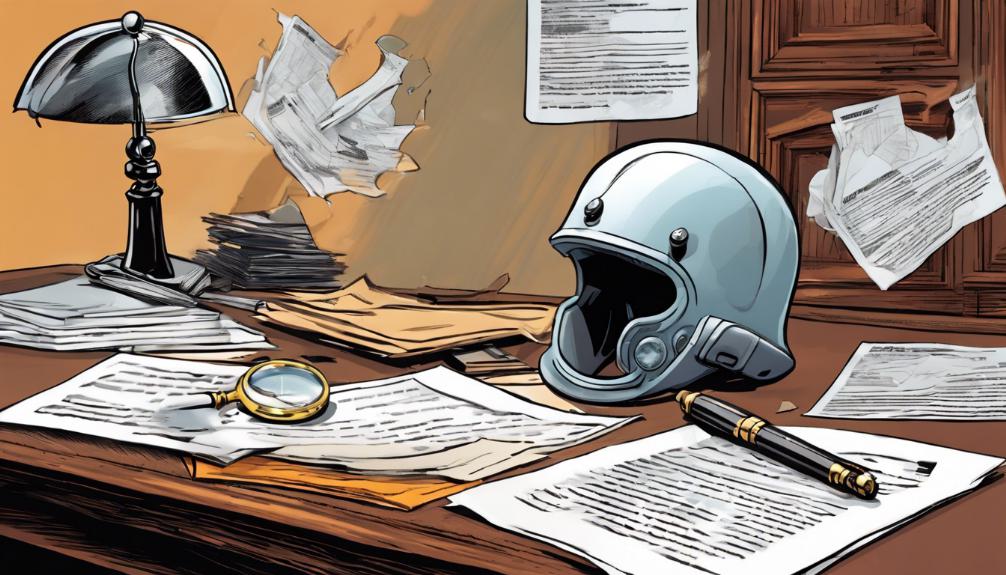
Filing a liability claim is a critical step for individuals seeking justice and compensation for injuries caused by defective products. The process begins with gathering comprehensive evidence, including medical records, product details, and any relevant incident reports. Victims must document their injuries and the impact on their daily lives meticulously. It's essential to identify the product's manufacturer, distributor, or retailer as the party responsible for the defect. Next, file a formal complaint detailing the injury, the defective product, and the compensation sought. This complaint is filed in a court with jurisdiction over the case. Deadlines, known as statutes of limitations, vary by state, making timely action crucial. Understanding these procedural requirements ensures that the claim is valid and heard by the court.
Selecting the Right Attorney
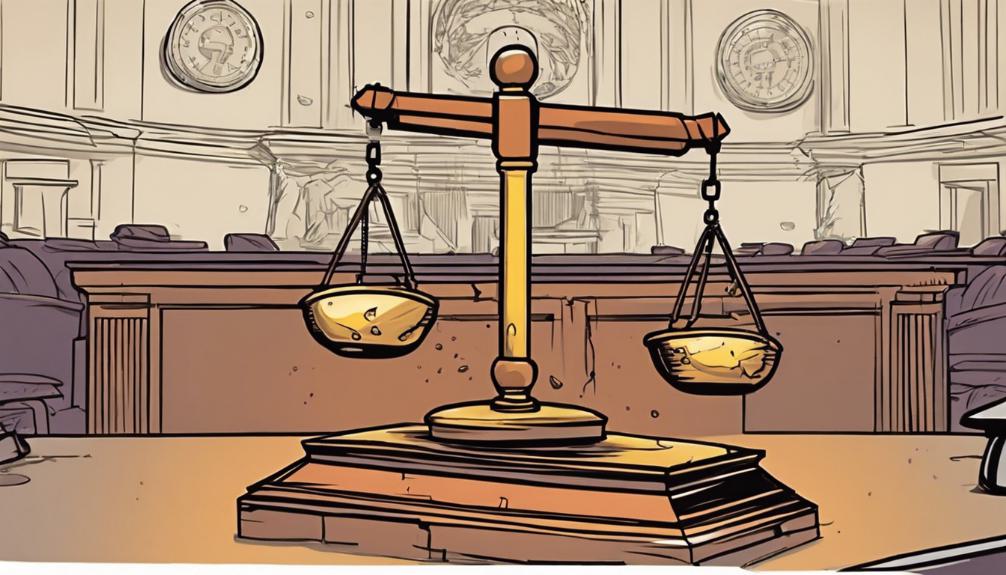
After understanding the process of filing a liability claim, selecting the right attorney becomes the next critical step for individuals seeking to navigate the complexities of product injury lawsuits effectively. The ideal attorney should not only have a deep understanding of products liability law but also possess significant experience in handling cases similar to yours. This includes expertise in specific areas, such as drug injury, medical device litigation, or automotive product liability. Investigating a potential attorney's track record, including their success rate and client testimonials, is essential. Moreover, ensuring they have the resources to go up against large corporations or manufacturers is crucial. A dedicated attorney will offer personalized guidance, making the legal process more manageable for their clients.
Compensation in Product Cases
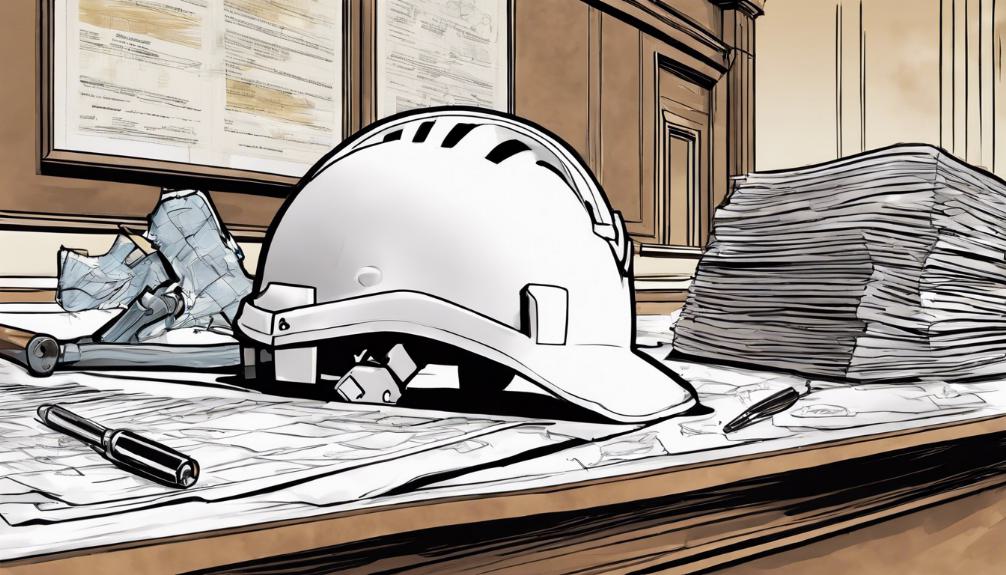
Victims of defective products may be entitled to financial compensation for their injuries and losses. This compensation can cover a variety of damages including medical expenses, lost wages, pain and suffering, and in some cases, punitive damages intended to punish the wrongdoer. The amount and type of compensation available will depend on the specifics of the case, such as the severity of the injury and the degree of negligence involved.
To pursue compensation, victims must typically prove that the product was defective and that this defect caused their injury. This might involve demonstrating a design flaw, manufacturing error, or a failure to provide adequate warnings or instructions. It's crucial for victims to gather and preserve evidence related to their case and to consult with a skilled attorney who specializes in products liability law to navigate the complex legal landscape.
Preventing Future Product Injuries
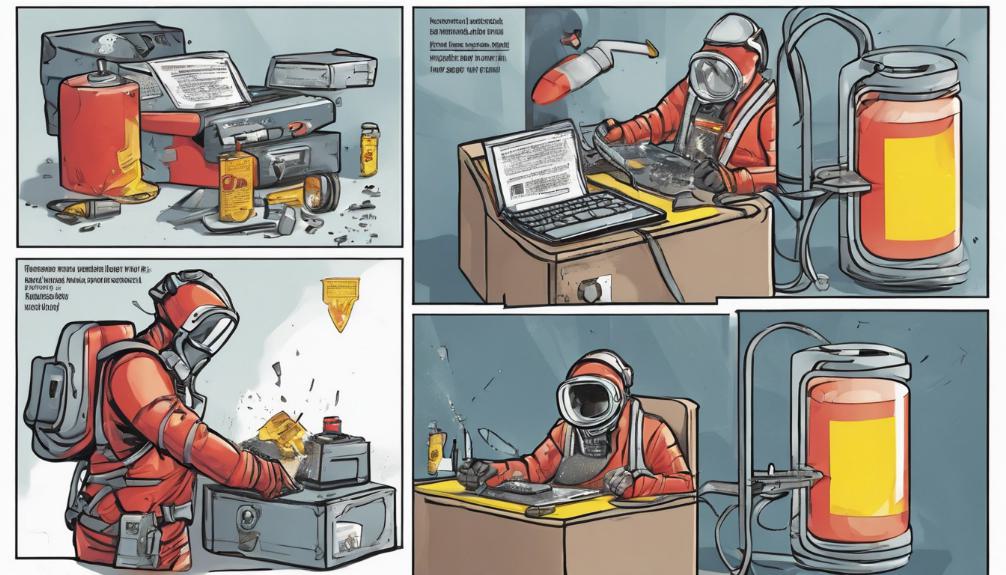
To mitigate the occurrence of future product injuries, manufacturers must rigorously adhere to safety standards and continuously monitor the performance of their products in the market. Implementing robust quality control measures during production can significantly reduce the likelihood of defects that may cause harm. Additionally, fostering an environment of transparency and prompt communication with consumers regarding potential risks or recalls is essential. Engaging in comprehensive testing, including long-term usage evaluations, ensures that products meet safety requirements over their entire lifecycle. Moreover, manufacturers should actively seek feedback from end-users and professionals in relevant fields to identify and address potential safety concerns. By taking these proactive steps, companies can not only protect consumers but also build trust and maintain their reputation in the marketplace.
Frequently Asked Questions
Can a Lawsuit Still Be Pursued if the Product Was Used in a Manner Not Intended by the Manufacturer but Still Caused Harm?**
Pursuing a lawsuit for injuries sustained from using a product in a manner not intended by the manufacturer is complex. Legal outcomes depend on various factors, including the foreseeability of the misuse, warnings provided by the manufacturer, and the nature of the harm caused. Each case must be assessed individually, considering the product's design, instructions, and the circumstances leading to the injury. Consulting with a legal expert is crucial for navigating these cases.
This Question Delves Into the Nuances of Product Misuse Versus Inherent Product Dangers, Exploring Whether Liability Still Applies When a Product Is Used in an Unintended Way but Results in Injury.
The inquiry explores the complexities surrounding product misuse as opposed to inherent product dangers, questioning the extent of liability when a product, though used in a manner not intended by the manufacturer, leads to injury. This examination is pivotal in understanding how legal frameworks address such scenarios, assessing whether the responsibility for the injury can still be attributed to the product's design or manufacturing process despite unconventional usage.
How Do International Laws Affect a Product Liability Lawsuit if the Product Was Manufactured Overseas but Caused Harm in Another Country?**
When addressing the impact of international laws on product liability lawsuits involving items manufactured abroad but causing harm domestically, it is crucial to understand that legal complexities arise due to differing regulatory standards and enforcement mechanisms across jurisdictions. The applicable legal framework often depends on bilateral agreements, the principle of lex loci delicti commissi (law of the place where the tort was committed), and the specific circumstances of the case.
This Question Addresses the Complexities of Pursuing a Product Liability Case Across International Borders, Considering How Jurisdiction and International Law Might Influence the Ability to Seek Compensation.
Pursuing a product liability case across international borders introduces complexities, including jurisdictional challenges and the influence of international law on compensation claims. These factors require a nuanced understanding of both domestic and international legal frameworks to navigate effectively. Successful litigation in such cases demands expertise in identifying the appropriate legal venue, applying relevant laws, and overcoming potential legal barriers that may impede the pursuit of justice and compensation for the injured party.
What Role Do Government Recalls Play in Strengthening a Product Liability Lawsuit?**
Government recalls serve as a significant factor in reinforcing product liability lawsuits. When a government agency mandates a recall, it often indicates that a product is recognized as being unsafe or defective. This acknowledgment can substantively support claims in a lawsuit by providing concrete evidence of a product's dangers. Consequently, recalls can play a pivotal role in establishing liability and potentially influencing the outcome of legal proceedings related to product safety.

This post has been generated by AI and was not reviewed by editors. This is Not legal advice. Please consult with an attorney.




